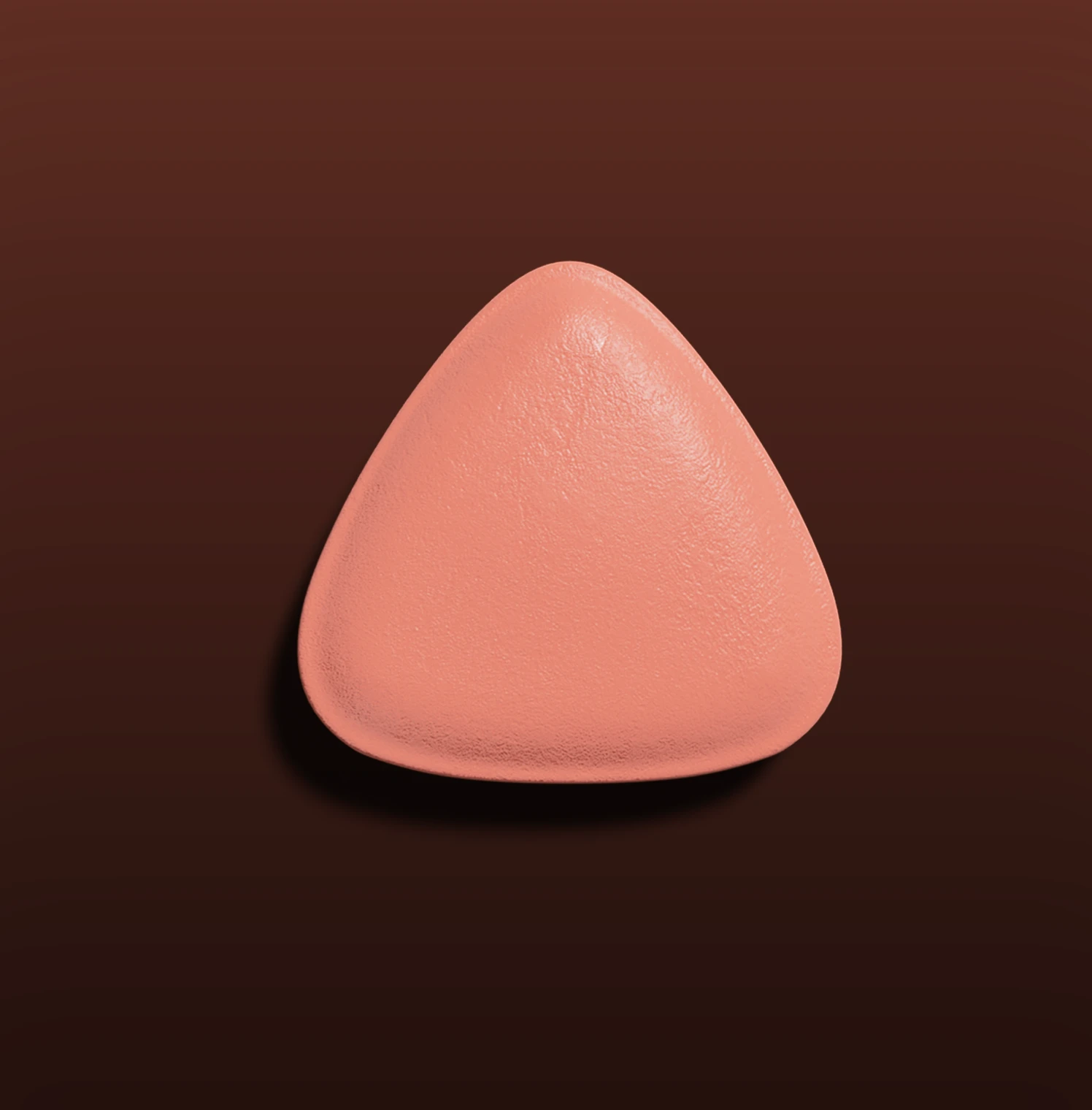Contents
The Ultimate Guide to Roux En Y Gastric Bypass
Roux En Y Gastric Bypass is a surgical procedure that helps individuals struggling with obesity to achieve significant and long-term weight loss. It is a complex surgery that involves rerouting the digestive system to limit food intake and reduce the body's ability to absorb nutrients. This guide aims to provide a comprehensive understanding of Roux En Y Gastric Bypass, from its science and history to the preparation, procedure, and life after surgery. If you or someone you know is considering this procedure, read on to learn more.
Understanding Roux En Y Gastric Bypass
The Science Behind the Procedure
Roux En Y Gastric Bypass works by creating a small stomach pouch, about the size of an egg, which is then attached directly to the middle part of the small intestine. This limits the amount of food you can eat and reduces the absorption of calories and nutrients.
The procedure also alters the production of hormones that regulate hunger and satiety, leading to reduced appetite and increased feelings of fullness. By combining restriction and malabsorption, Roux En Y Gastric Bypass helps patients achieve significant weight loss and can also improve or resolve many obesity-related health issues.
Patients undergoing Roux En Y Gastric Bypass typically experience rapid weight loss in the first few months following the surgery. This quick initial weight loss can be motivating for individuals who have struggled with obesity for years. However, it is important for patients to adhere to a strict diet and exercise regimen post-surgery to maintain their weight loss and achieve long-term success.
The History of Roux En Y Gastric Bypass
Roux En Y Gastric Bypass was first introduced in the 1960s and has since become one of the most commonly performed weight loss surgeries worldwide. The procedure is named after the Swiss surgeon, Dr. Cesar Roux, who developed the surgical technique.
Dr. Roux's innovative approach to treating obesity revolutionized the field of bariatric surgery and provided a new lease on life for countless individuals struggling with severe weight issues. The success and widespread adoption of Roux En Y Gastric Bypass have paved the way for further advancements in surgical weight loss techniques, offering hope to those battling obesity.
Preparing for Roux En Y Gastric Bypass
Medical Evaluations and Tests
Before undergoing Roux En Y Gastric Bypass, you will undergo a series of medical evaluations and tests to determine if you are a suitable candidate for the procedure. These may include blood tests, imaging studies, and consultations with various healthcare professionals.
It is crucial to disclose your medical history, including any pre-existing conditions or medications you are taking. This information helps the healthcare team ensure your safety during and after surgery.
During the medical evaluations, your healthcare team will assess your overall health status, including factors such as your body mass index (BMI), any existing comorbidities like diabetes or hypertension, and your readiness for the surgical procedure. These evaluations are essential in determining the potential risks and benefits of Roux En Y Gastric Bypass for you as an individual.
Lifestyle Changes Before Surgery
Leading up to Roux En Y Gastric Bypass, you will be advised to make significant lifestyle changes, including adopting a healthier diet, staying physically active, and quitting smoking if applicable. These lifestyle modifications are crucial for optimizing surgical outcomes and reducing the risk of complications.
Furthermore, incorporating regular exercise into your daily routine can help improve your cardiovascular health, build muscle strength, and enhance your overall well-being. Physical activity is not only beneficial for weight loss but also plays a vital role in preparing your body for the demands of surgery and promoting faster post-operative recovery.
Moreover, dietary modifications such as reducing sugar intake, increasing protein consumption, and focusing on nutrient-dense foods can help shrink the size of your liver and reduce surgical risks. Your healthcare team may recommend meeting with a nutritionist to develop a personalized meal plan tailored to your specific needs and weight loss goals.
The Roux En Y Gastric Bypass Procedure
Step-by-Step Process
Roux En Y Gastric Bypass is a complex surgical procedure that is commonly used to help individuals struggling with obesity achieve significant weight loss and improve their overall health. The surgery is typically performed using minimally invasive techniques, such as laparoscopy, which offer patients benefits like shorter recovery times and reduced risk of complications.
Before the surgery begins, patients are placed under general anesthesia to ensure they are comfortable and pain-free throughout the procedure. The surgeon then makes several small incisions in the abdomen, through which specialized surgical instruments are inserted to perform the necessary steps of the operation.
One of the key aspects of the Roux En Y Gastric Bypass is the creation of a small pouch at the top of the stomach. This pouch is formed by stapling off a portion of the stomach, significantly reducing its size and capacity. By limiting the amount of food the stomach can hold, patients feel full faster and consume fewer calories, aiding in weight loss.
Risks and Complications
While Roux En Y Gastric Bypass is generally considered safe and effective, like any surgical procedure, it carries certain risks and potential complications that patients should be aware of. Some of the common risks associated with the surgery include infection, bleeding, blood clots, and adverse reactions to anesthesia. These risks are typically low but can vary depending on individual health factors.
In addition to immediate risks, there are also potential long-term complications that patients should consider before undergoing the procedure. These can include conditions like dumping syndrome, which occurs when food moves too quickly through the digestive system, leading to symptoms like nausea, sweating, and diarrhea. Patients may also be at risk for gastrointestinal ulcers and vitamin deficiencies due to changes in nutrient absorption post-surgery.
It is crucial for individuals considering Roux En Y Gastric Bypass to have a thorough discussion with their healthcare provider about the potential risks and benefits of the procedure. Understanding these factors can help patients make informed decisions about their weight loss journey and overall well-being.
Life After Roux En Y Gastric Bypass
Post-Surgery Diet and Nutrition
After Roux En Y Gastric Bypass, following a specific diet plan is crucial for weight loss and overall well-being. Initially, you will be on a liquid or pureed diet, gradually transitioning to soft foods, and eventually reintroducing solid foods.
Your healthcare team will provide detailed guidelines on portion sizes, food choices, and meal frequency. It is crucial to follow these recommendations to ensure proper healing, weight loss, and the prevention of complications.
During the liquid and pureed diet phase, it is important to focus on high-protein, low-sugar options to aid in healing and promote satiety. As you progress to soft foods, incorporating a variety of fruits, vegetables, lean proteins, and whole grains can help ensure you are meeting your nutritional needs. Reintroducing solid foods should be done gradually, paying attention to how your body reacts to different foods to prevent discomfort or digestive issues.
Physical Activity and Exercise
Incorporating regular physical activity and exercise into your daily routine is essential for maximizing weight loss and maintaining long-term results. Your healthcare team will provide guidance on suitable exercise options based on your overall health and fitness level.
Engaging in activities such as walking, swimming, cycling, or strength training can improve cardiovascular health, build muscle mass, and enhance overall well-being. Start slowly and gradually increase the intensity and duration of your workouts as you become stronger and more comfortable.
Remember to listen to your body and not push yourself too hard too soon. Finding activities you enjoy can make exercise more sustainable in the long run. Consider joining group fitness classes, working with a personal trainer, or exploring outdoor activities to keep your workouts interesting and engaging.
Long-Term Effects and Benefits of Roux En Y Gastric Bypass
Weight Loss Expectations
Roux En Y Gastric Bypass is known for its significant and sustained weight loss outcomes. Most patients experience an initial rapid weight loss in the first few months after the surgery, with ongoing gradual weight loss over the following months and years.
On average, patients can expect to lose around 60-80% of their excess body weight within the first two years after surgery. However, individual results may vary depending on various factors, including adherence to lifestyle changes and overall health.
It is important to note that while weight loss is a major benefit of Roux En Y Gastric Bypass, the procedure also brings about significant changes in metabolic health. Studies have shown that the surgery can lead to improvements in insulin sensitivity, lipid profiles, and inflammation markers, all of which contribute to a reduced risk of cardiovascular disease and other metabolic disorders.
Impact on Comorbid Conditions
Roux En Y Gastric Bypass not only aids in weight loss but also has a positive impact on obesity-related comorbid conditions. Many patients experience improvements or even resolution of conditions such as type 2 diabetes, high blood pressure, sleep apnea, and joint pain.
The significant weight loss achieved through Roux En Y Gastric Bypass can enhance overall quality of life, boost self-esteem, and reduce the risk of developing further health complications associated with obesity.
Furthermore, the metabolic changes induced by the surgery can have far-reaching effects beyond weight loss. For example, the alteration in gut hormone levels post-surgery can lead to changes in appetite regulation and food preferences, promoting healthier eating habits and long-term weight maintenance.
Conclusion
Roux En Y Gastric Bypass is a powerful tool in the battle against obesity. By understanding the science behind the procedure, preparing diligently, and adopting healthy habits post-surgery, patients can achieve remarkable weight loss and improve their overall health and well-being.
If you think Roux En Y Gastric Bypass may be the right solution for you, consult with a qualified healthcare professional who can provide personalized guidance and support throughout your weight loss journey. Remember, this procedure is not a quick fix, but a life-changing decision that requires commitment and dedication to long-term success.




